Today I am thinking that
Life is a Miracle!
Perhaps it is the time of year and all of the new life I see emerging. And perhaps it is simply that I have slowed down and I spend time contemplating nature much more now than when I was younger.
As I watered plants in my front and back yard this morning the world felt fresh and gleaming. With warmer temperatures today finally, and no more frost predicted I planted flowers in the hanging basket that I bought last year. The moss lined basket is still in great condition so why not reuse it? I decided to see if I could create a beautiful flower arrangement in it.
The plants in the hanging basket are still too small to see if they will look pretty together since many aren’t yet blooming. But I have high hopes.
As I watered the black raspberries in the back yard I soaked in the sounds of birds singing and frogs croaking, the view of the still clear pond, trees overhead, lilies of the valley getting ready to bloom and beauty as far as my eyes could see. Ahhh! What a gift this world is.
Becoming Wild
I have been reading the book, Becoming Wild: How Animal Cultures Raise Families, Create Beauty, and Achieve Peace, by Carl Safina. In the book Safina describes following wildlife researchers who study sperm whale families and what he learned about sperm whale culture.
I can hear you now, thinking animal culture, what culture? Let me tell you what I’m learning. I hope you find it as fascinating and miraculous as I am finding it.
Sperm whales live in family groups. They communicate and “see” during their deep ocean dives for food (2000 feet deep or more) using sonar clicks. Unlike other whale species they do not sing haunting songs, they only make clicks. But they seem to have a created a language of clicks. Different whales identify themselves with different sets of clicks, called codas. They also identify their family group with another coda. And they identify their clan (yes there are three known clans of sperm whales containing thousands of individuals) with still another coda.
Sperm whales spend a lot of time deep below the ocean’s surface eating. Their babies cannot dive into the depths for food so one or more family members always stay near the surface caring for the babies. They are known to be quite gentle most of the time. But when threatened they communicate distress calls (using sonar clicks) and nearby sperm whales join them to defend their group.
Observers have seen about three dozen sperm whales answer a distress call when a group of killer whales threatened a family group of sperm whales. The whales arranged themselves in what looked like military formation around the baby whale in the family and kept the killer whales from hurting any of the group, though at least one sperm whale was bitten by a killer whale.
When a large male sperm whale saw whalers kill three sperm whales (the male was not a part of the deceased whales’ group) it attacked and stove in the front of the whaling ship that had launched the whaling boats of the crews that killed the whales. The sperm whales are gentle giants that can be provoked into violence in defense of their species.
Whale Culture
Whales in one clan do not like whales of other clans and they don’t hang out together. Though they are genetically similar each clan seems to develop its own culture.
… we station ourselves around the boat, eyes outward.
And in under a minute, “Blow!” Just fifty yards off the bow.
When this whale flukes up, Shane instantly exclaims, “Mrs. Right!” The R Family also includes Rip and her young one, Rap, Raucous and her young one Riot, Rita, Rema, and Roger. Named after the affirmation, “Roger that,” Roger is a female.
Two other whales we’d been hearing come up half a mile apart and begin puffing their white clouds of breath as though smoking peace pipes. They are Sally of the S’s and Roger of the R Family, two families known to like each other. They are members of the same clan, of course.
That sperm whales will socialize only with other families who share their coda dialect implies that those codas are markers of deeper differences between clans. I wonder aloud about what these might be…
— Carl Safina, Becoming Wild
The idea of animal cultures fascinates me. We make sense of our world and share common understanding through culture. Think about the cultures you are familiar with or have read about. Some of a culture’s behaviors evolved due to environmental influences but other traits seem to defy our understanding of why they developed.
“I imagine hell like this: Italian punctuality, German humour and English wine.”
―
Do you also believe that life is a miracle? What miracles have you observed this week?
May you walk in beauty.
Note: The robin’s nest is in the yews in front of our house, in plain view. Every time I see it I smile. I made the other photos in today’s post at the Minnesota Landscape Arboretum yesterday morning.

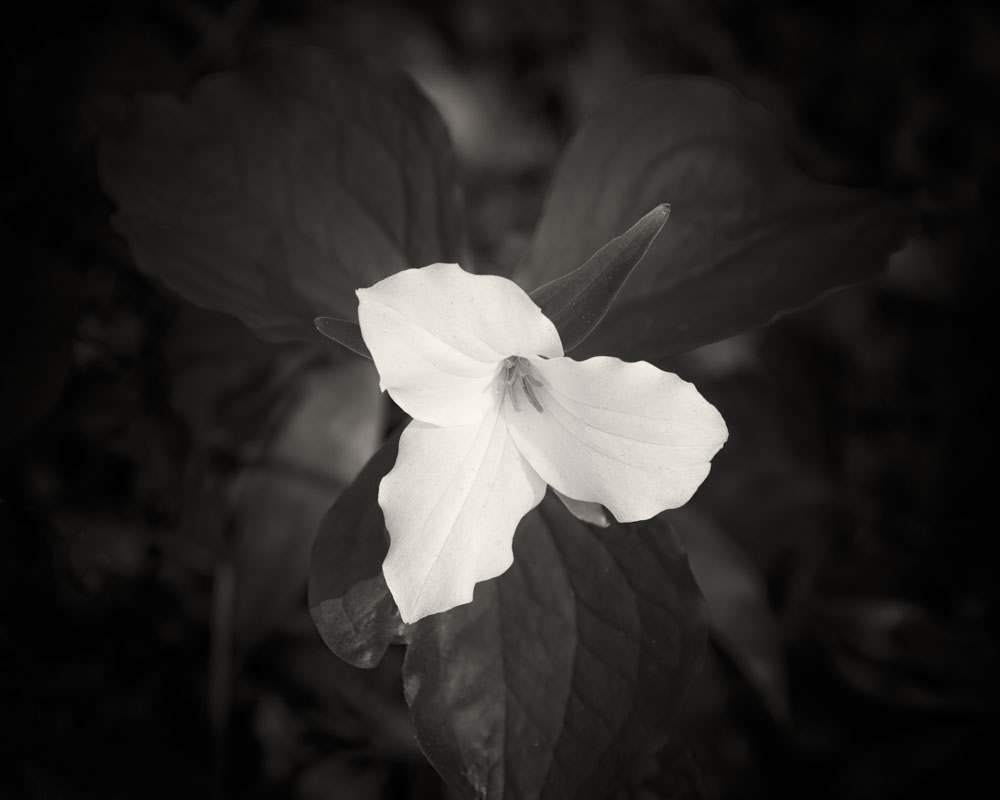
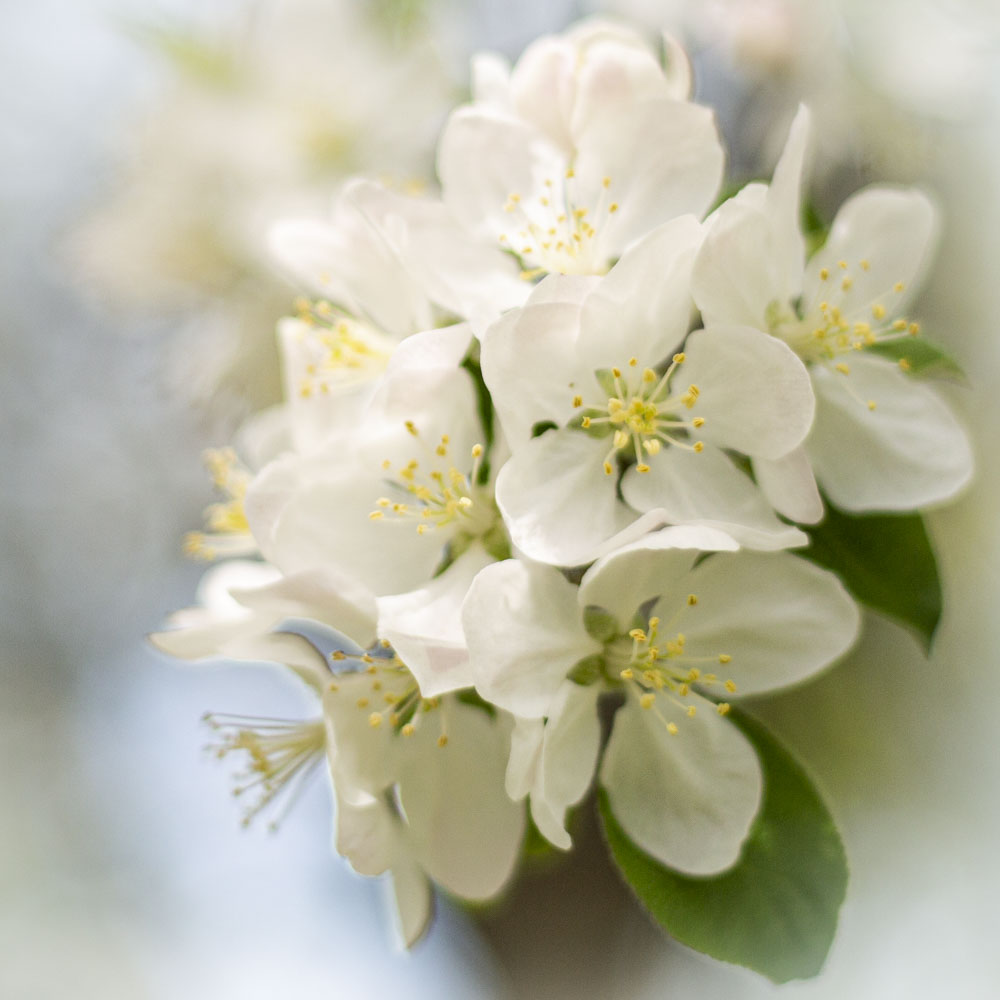
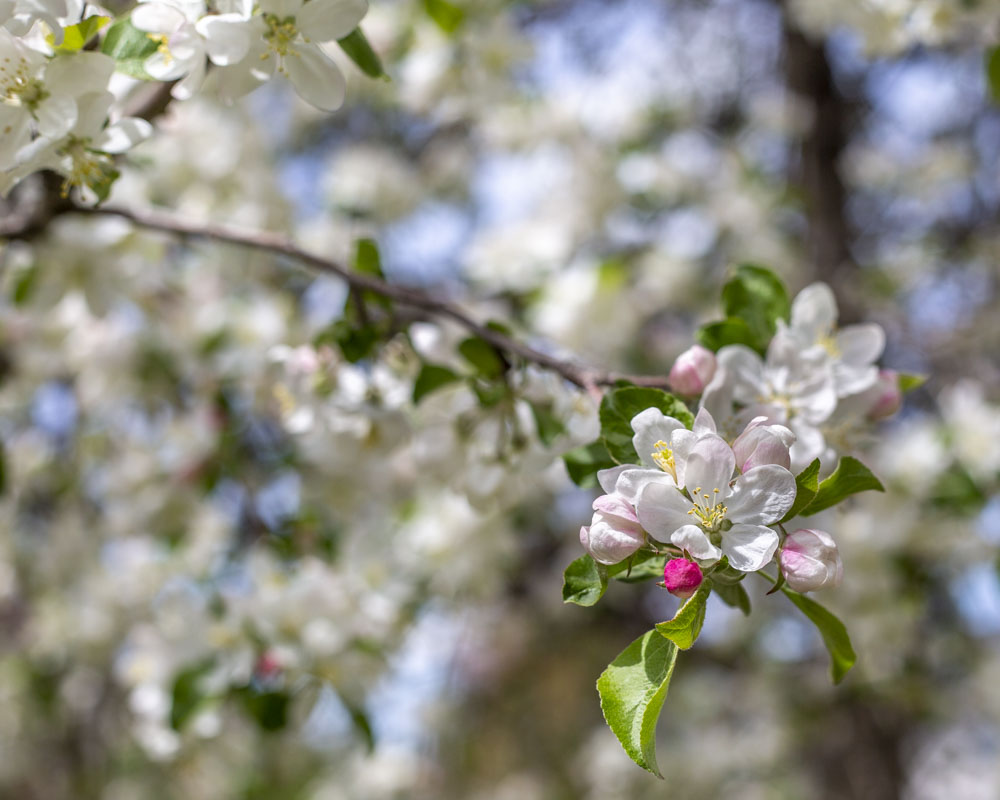

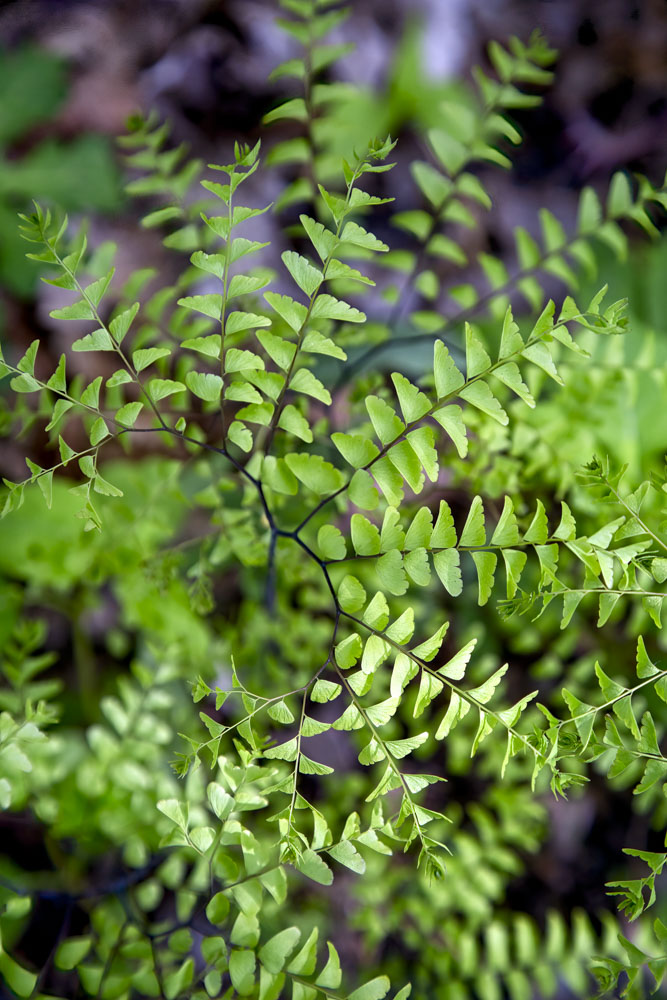
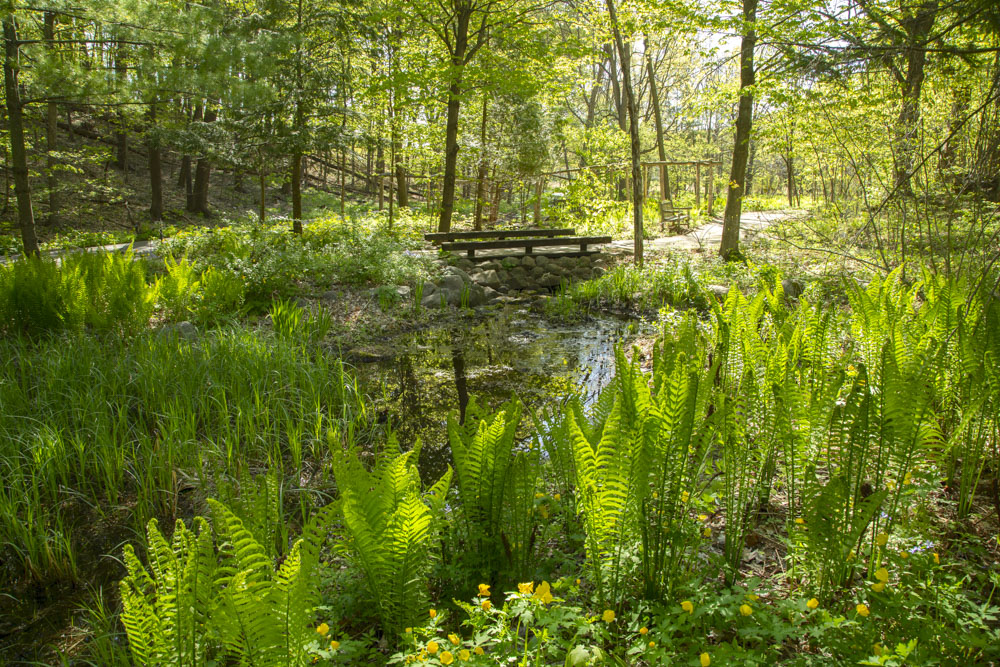
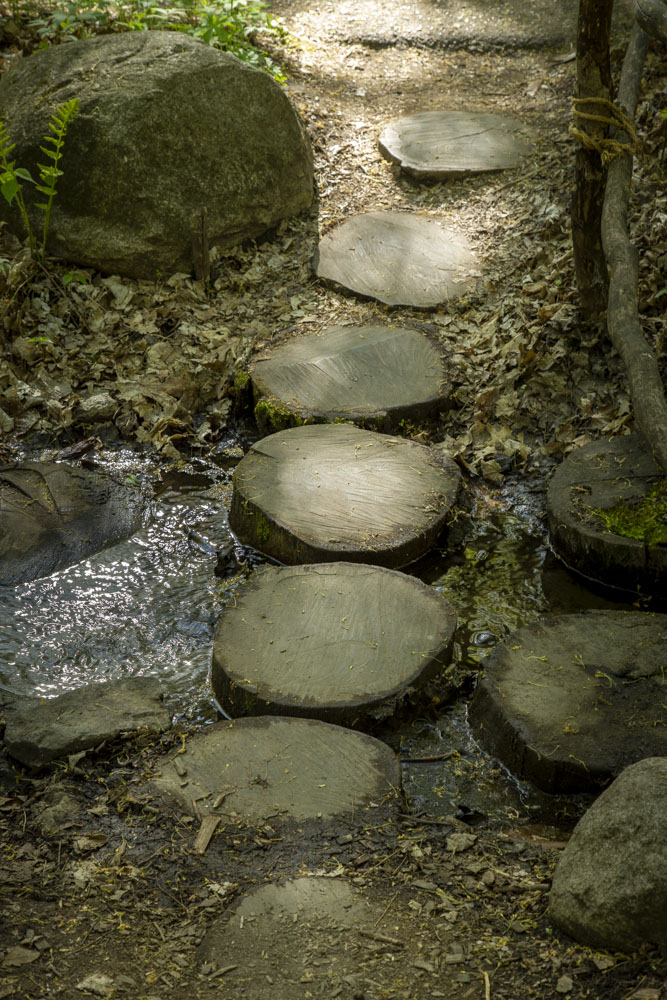
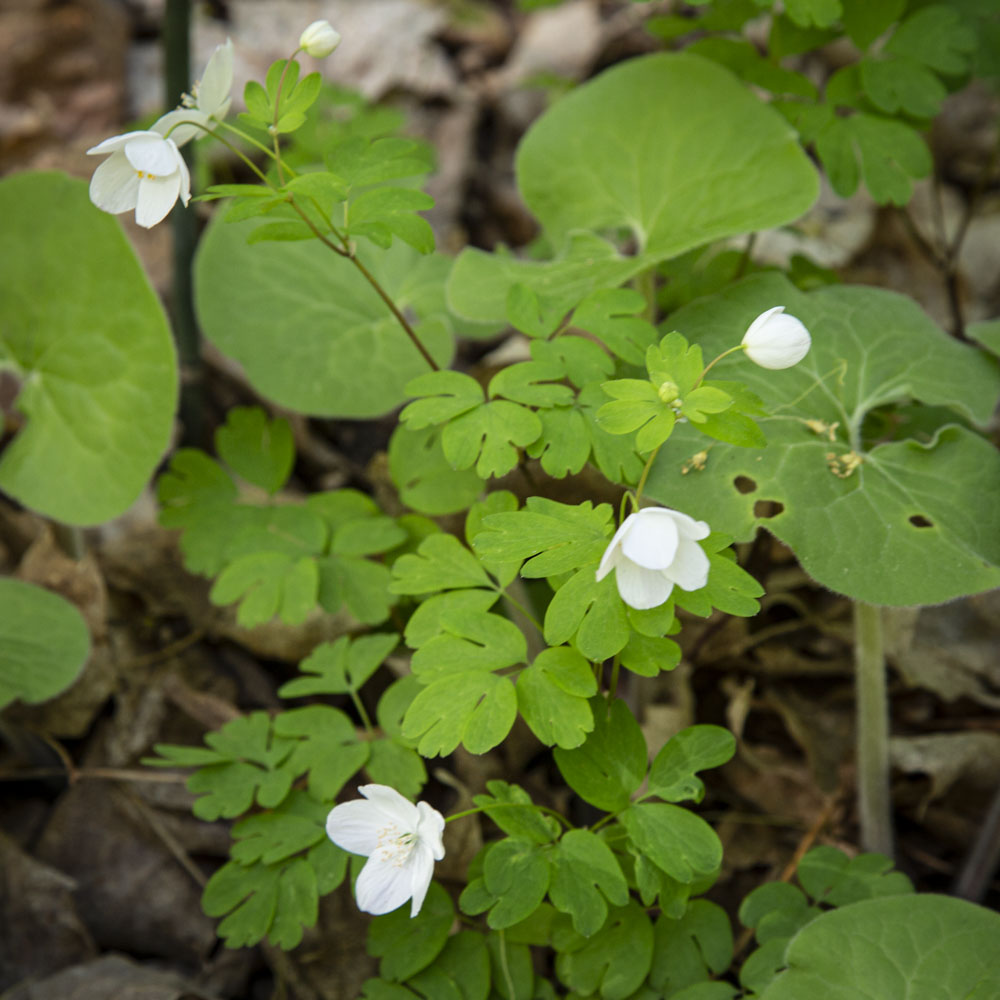


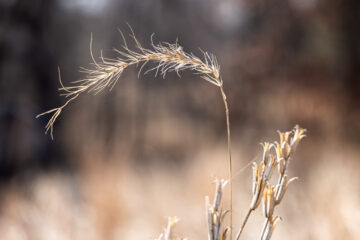
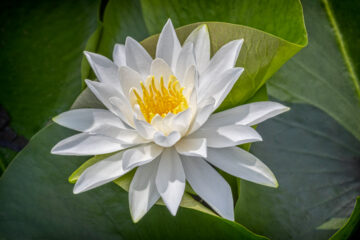

0 Comments